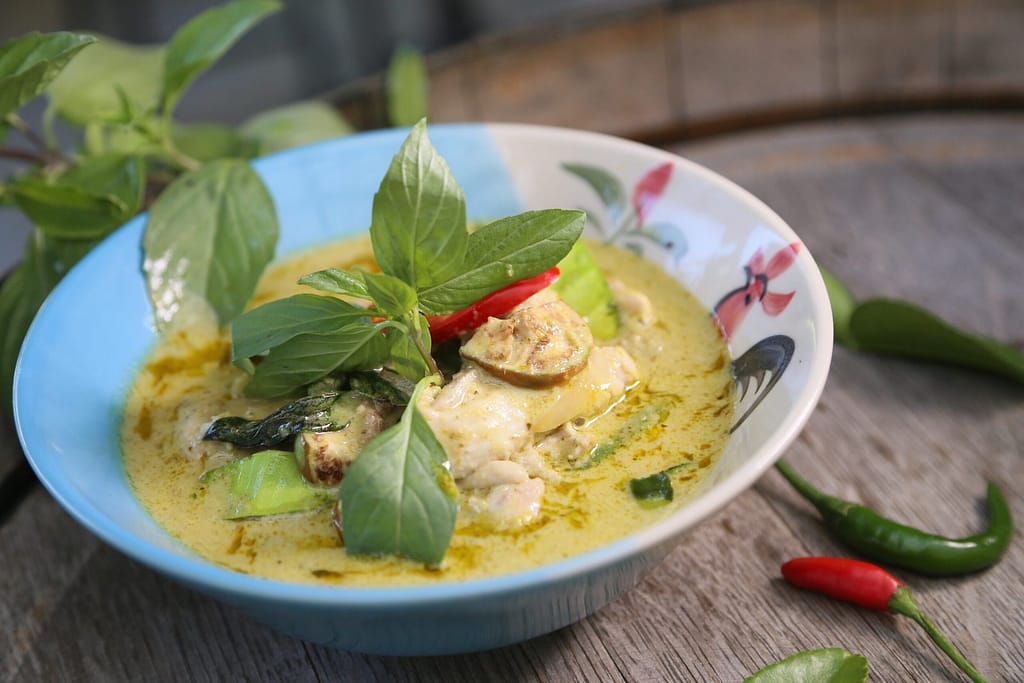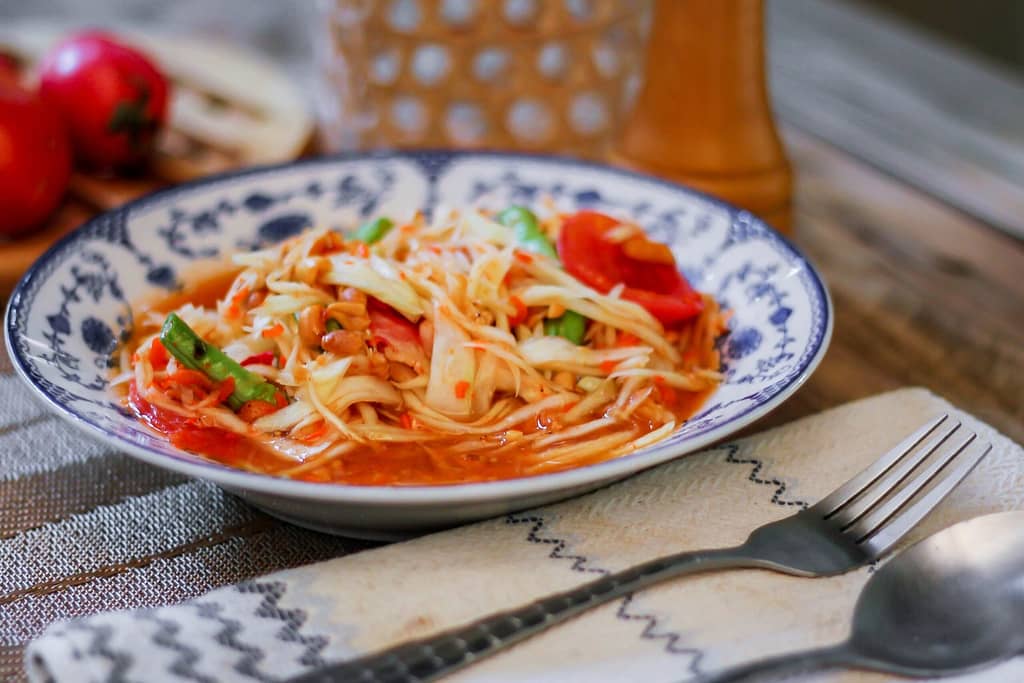ASEAN, the Association of Southeast Asian Nations, encompasses a diverse range of countries, each with its own unique culinary traditions. From the fiery spices of Thailand to the delicate flavors of Vietnam, the tastes of ASEAN cuisines are as varied as the cultures themselves. Let’s embark on a mouthwatering journey through the sweet, spicy, sour, bitter, and salty delights that define the culinary landscape of this vibrant region. For specific delightful dishes and their recipes click here.
Sweet Sensations: A Symphony of Delight
One cannot talk about ASEAN cuisine without mentioning the delightful sweetness that permeates many dishes. From the palm sugar-infused desserts of Indonesia to the coconut milk-based sweets of Malaysia, the region’s love affair with sugar knows no bounds. Indulge in the velvety richness of Thai mango sticky rice or savor the delicate sweetness of Filipino halo-halo, a refreshing dessert with a medley of ingredients. ASEAN’s sweet treats are a testament to the region’s love for all things sugary.
Spices that Ignite the Senses
Prepare your taste buds for a fiery adventure as we delve into the spicy side of ASEAN cuisine. Thai cuisine, renowned for its bold flavors, takes center stage with dishes like Tom Yum soup and Green Curry. The Malaysian favorite, Nasi Lemak, tantalizes with its spicy sambal sauce, while Indonesian cuisine showcases the fiery heat of dishes like Rendang. ASEAN’s love for spices ensures that every meal is a thrilling explosion of flavors that will leave you craving more.
Sour Delights: A Tangy Twist
ASEAN cuisine is no stranger to the delightful tang of sourness. Filipino cuisine offers the iconic Sinigang, a sour soup bursting with tamarind flavor, while Vietnamese cuisine showcases the zesty freshness of dishes like Pho. The sourness in these dishes adds a refreshing and tangy twist that balances out the richness of other flavors. Prepare to pucker up and embrace the sour side of ASEAN cuisine.
The Boldness of Bitterness
Bitterness, often overlooked, plays an integral role in many ASEAN dishes. Vietnamese cuisine, with its emphasis on fresh herbs and vegetables, embraces the bitter notes of ingredients like bitter melon and water spinach. Indonesian cuisine, too, incorporates bitterness in dishes like Sayur Asem, a tamarind-based soup with a pleasantly bitter undertone. The bitterness adds depth and complexity to the overall flavor profile, creating a culinary experience that is both intriguing and satisfying.
Salty Surprises: A Flavorful Dance
Salt, the humble yet essential ingredient, takes center stage in ASEAN cuisine, enhancing flavors and bringing dishes to life. Thai cuisine expertly balances the sweetness, spiciness, and sourness with a judicious use of salt, while Filipino cuisine showcases the savory delights of dishes like Adobo. From the fish sauce-laden delights of Vietnamese cuisine to the soy sauce-infused dishes of Malaysia, ASEAN’s salty surprises will keep you coming back for more.
Embrace the Diversity of ASEAN Cuisine
ASEAN cuisine is a celebration of diversity, a fusion of flavors that reflect the rich cultural heritage of the region. Each dish tells a story, a tale of the people and the land from which it originated. So, whether you have a sweet tooth or a penchant for spice, ASEAN’s culinary offerings have something to satisfy every palate. Embark on a gastronomic adventure and let the flavors of Southeast Asia transport you to a world of taste sensations.
*Photo of Sayur Asem courtesy of dapurkobe.co.id







